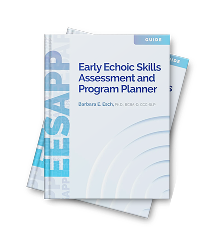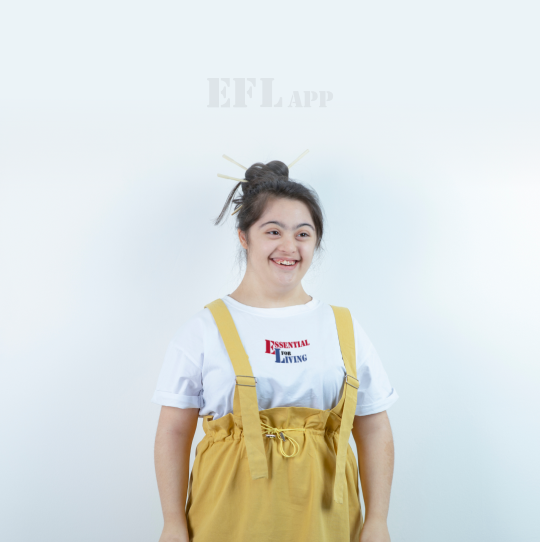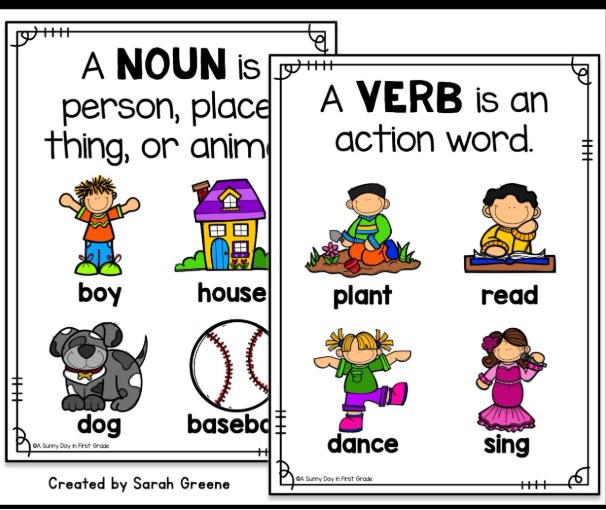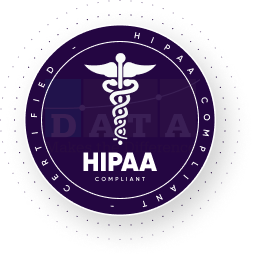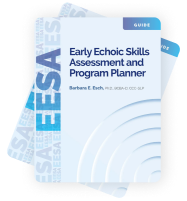AMS Selection Tool – A Revolutionary Way to Select an Alternative Method of Speaking
For nonverbal individuals with autism or other developmental disabilities, finding an effective alternative method of speaking is crucial. The AMS Selection Tool, developed by Dr. Patrick McGreevy and Troy Fry, provides a revolutionary way to select an alternative, primary method of speaking for an individual child or adult who does not use spoken words effectively or at all. Check out the Essential For Living Website here!
The tool individualizes the selection process, considering the sensory, skill, and behavioral repertoires of each individual and comparing these repertoires to those that occur when each of 46 alternative methods of speaking are effective. This comparison results in a list of 10-12 methods of speaking that match the repertoires of each individual. A few of these methods can be eliminated from consideration because an estimate of cognitive ability is not part of the selection process. From the remaining methods, a primary method of speaking should be selected for the individual.
In addition to ‘repertoire matches’, the AMS Selection Tool also provides a list of the advantages of spoken word that are retained by each method and whether each method results in a large and often unfamiliar audience or a small, familiar one. These factors can then also be considered as an alternative, primary method of speaking is selected.
The AMS Selection Tool is available for free on the Data Makes the Difference website, where users can easily select the boxes that correspond to the components of their learner’s sensory, skill, and behavioral repertoires. Once all relevant components are selected, clicking on Compare AMSs will show the alternative methods of speaking that most closely match the learner’s repertoires and retain the greatest number of advantages of spoken words.
The AMS Selection Tool can also be used to select a concurrent, back-up, or secondary method of speaking. According to Dr. McGreevy and Troy Fry, it is important to consider approximately the top 10 to 12 AMS’s for a learner. Users should not just pick the first returned AMS in the list because each learner’s needs and environment are unique to that learner.
To test the effectiveness of the primary method selected and confirm or reject this selection, users can refer to the procedures described in the Essential for Living Professional Practitioner’s Handbook.
Find the AMS Selection Tool for free on our website, where you can select the boxes that correspond to the components of your learner’s sensory, skill, and behavioral repertoires, and compare AMSs to select the best alternative method of speaking for your learner.
What is an alternative method of speaking?
In the context of Essential for Living (EFL) and supporting individuals with autism or other developmental disabilities, alternative methods of speaking refer to various forms of augmentative and alternative communication (AAC). These methods are used to support or replace speech for individuals who have difficulty with verbal communication. Some common alternative methods of speaking include:
- Picture Exchange Communication System (PECS)
- Sign Language
- Speech-Generating Devices (SGDs)
- Communication Boards and Books
- Gestures and Body Language
- Text-to-Speech Applications
